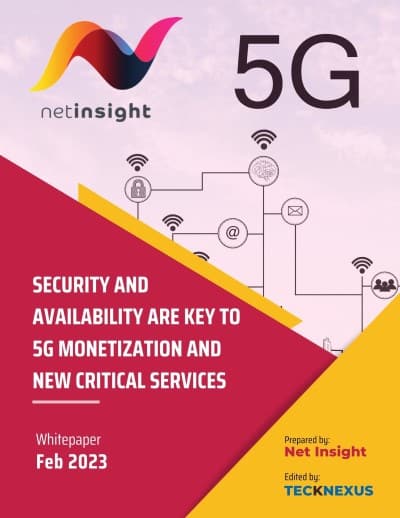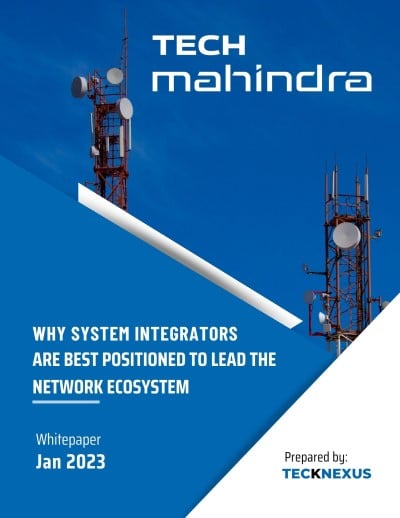The Next G Alliance (NGA), a part of ATIS, has published the “6G Roadmap for Vertical Industries” report. This document complements NGA’s “2022 Roadmap to 6G“, outlining the North American strategy for future communication systems. The latest study concentrates on the demand aspect of the upcoming 6G ecosystem and examines how it can cater to the requirements of diverse sectors, including Agriculture, Automotive, Education, Gaming and Entertainment, eHealth, Industrial, Mining, Public Safety, and Smart Cities.
The report delves into the implications of industry-specific use cases, the applications 6G can enable, and the promising technologies that warrant further research and development. The NGA’s research was based on insights from experts representing the various verticals, allowing the organization to identify unique 6G visions and requirements. The goal is to understand how the future network can propel innovation in these industries and be designed to encourage such potential.
Mike Nawrocki, Next G Alliance Managing Director, said, “Expectations are high for new value-creation opportunities in the vertical domains with both 5G and 6G.” He added that the NGA has established three goals to meet these expectations: translating North American needs into technology outcomes, targeting shared investments in 6G proof-of-concepts and testbeds, and connecting North American 6G needs directly to the market. This approach aims to position the future network as an innovation catalyst and advance North American 6G leadership globally.
Amitava Ghosh, Chair of the NGA National 6G Roadmap Working Group, said, “This first-of-a-kind paper focuses on vertical industry needs for both 5G and 6G, aiming to help the ICT industry reach out to the broadest range of stakeholders for future application opportunities.” Ghosh also acknowledged the hard work of the NRWG members and sector experts who contributed to the report’s content and organization.




























